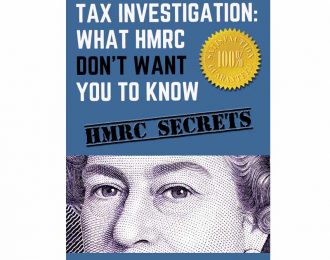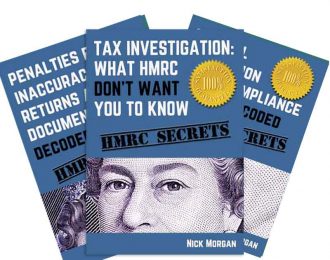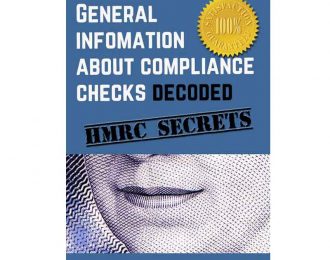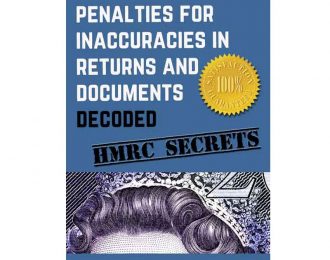What Is Scaling Back?
After years of protracted negotiation HMRC will offer a settlement figure. You will initially want to accept this – anything to bring the investigation to an end! But you need to make sure that this settlement figure is the full and final figure.

Sometimes this figure is not what it appears to be, it’s just the tip of the iceberg and if you agree to it you will find yourself slipping into some very icy water.
HMRC will “scale” a settlement figure back over at least four years – making the assumption that what you have done in one year you have done in others. They will then add penalties and interest.
Let’s say you agree to a tax shortfall of £3k – scale that back over four years and you get £12k. Then there is interest (increasing the figure to well over £15k) and let’s not forget about penalties – HMRC may go for around 50 percent depending on how they feel you have behaved.
So what starts out as £3k soon becomes more like £20k. And once you’ve admitted liability for the £3k there is little you can do.
The only way out is to go to the internal review or a Tribunal and argue that the circumstances in earlier years were radically different to the enquiry year and that’s a road to avoid if you possibly can.
In short scaling back is a process by which you will end up being given a final bill, which is much bigger than you anticipated.
You can read HMRC’s own manual on scaling back here.








